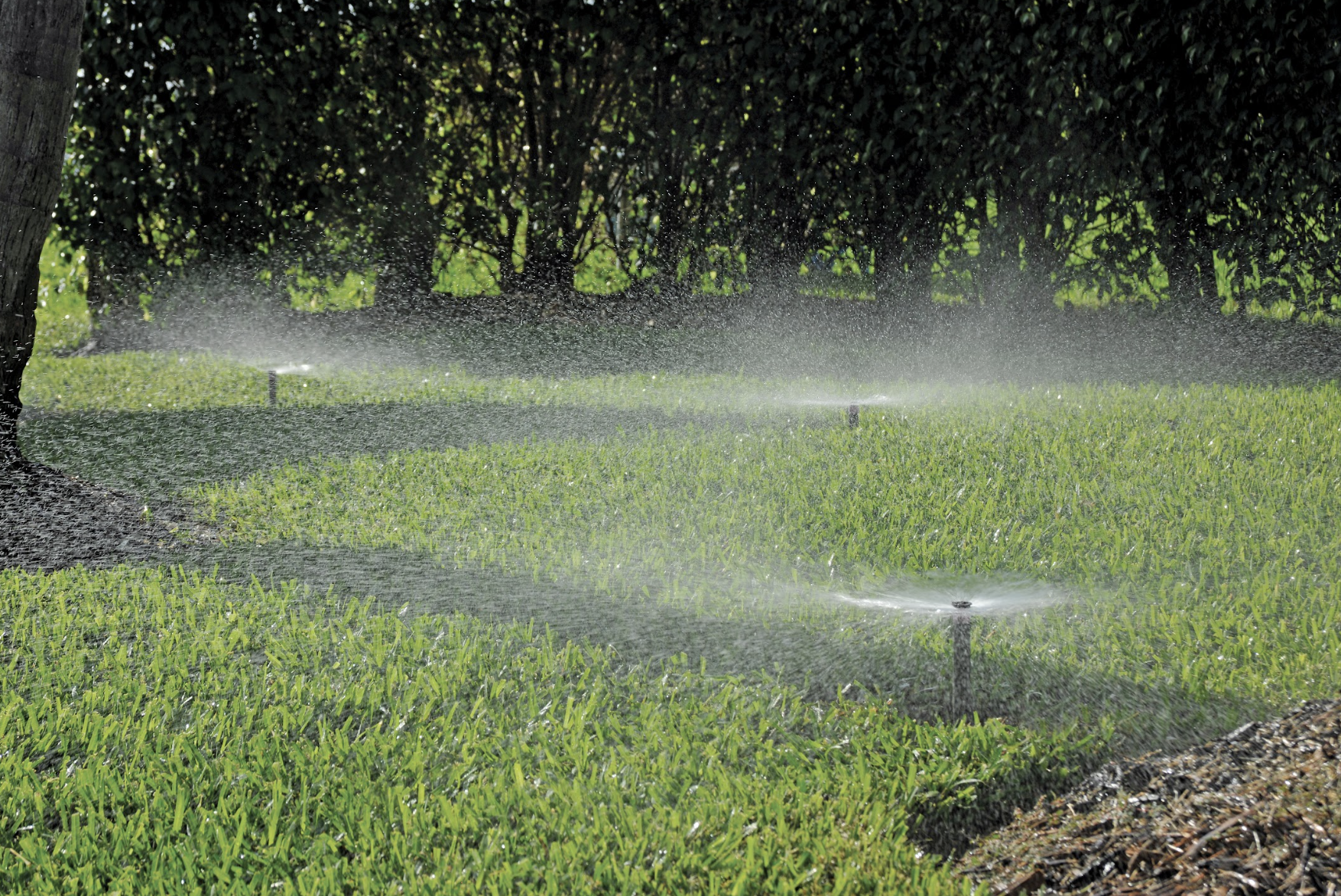PPA Symposium Awards 2025
2025 Landscape Design Award Recipients Announced at the PPA National Symposium

Put Smart Irrigation to the Test to Save Money
As Well As Conserve Our Most Precious Resource—Water.
1. Make sure you have the newest bluetooth/WiFi technology
Bluetooth/WiFi devices allow programming of your irrigation system with easy-to-understand apps on your smart device. This helps eliminate common programming errors that lead to incorrect watering of the landscape. Look for products with sensors that can shut off a sprinkler system to prevent overwatering during periods of heavy rainfall or freezing temperatures.
2. Track the amount of rainfall you get in one week
Most lawns only require 1 to 2 inches of water per week. Subtract rainfall from that amount and set the system accordingly.
3. Reset timers for each season of the year
Landscape watering needs vary during the seasons depending upon your client. Most timers today have a special programming feature (water budget/seasonal adjust, e.g.) that allows for quick and uniform run time changes (10 percent to 200 percent), to all watering zones at the same time. This prevents mistakes by overlooking any single watering zone. Reset a sprinkler system timer at each change of the season: spring, summer, fall, and winter. For colder states, you will need to adjust the sprinklers two to three times per growing season.
4. Divide the property into hydrozones
By separating the lawn and gardens into hydrozones, you can tailor the irrigation system to run at different intervals based on each area’s watering needs.A shaded backyard area will not need as much water as sun-loving grass due to less evaporation from the sun. The same goes for landscaped beds.
5. Get the right sprinkler heads for the zone
Different sprinkler heads and nozzles deliver different amounts of water for their zone. You want the right sprinkler heads for each zone. But never mix different types of heads on the same zone which will cause uneven watering to the zone.
6. Set efficient zone run times/programs on irrigation controllers
Did you know that some zone run times may need to occur several times in a day because the ground can only absorb so much water at one time? Set the programs to avoid water run-off, excess water running outside of the intended area of coverage due to over-watering.
7. Adjust sprinkler heads so there is no water waste
Set up the system with head-to-head spacing to ensure proper water coverage. And when you align the sprinkler heads, position them so they’re only watering the lawn and not your driveway, walkways or other hardscaped areas.
8. Install low-flow nozzles
Low-flow nozzles better match the soil’s ability to intake irrigation and reduce unwanted runoff.
9. Upgrade older lawn sprinklers
Replace older, less efficient sprinkler system components with new more efficient ones.
10. Practice smart irrigation
Schedule early morning run times to eliminate evaporation by the sun. Also, remember that deep, infrequent watering benefits plants better than a shallow, daily sprinkle.
 ABOUT RICK HALL
ABOUT RICK HALL Rick Hall, CIC, CID, CLIA, is the Market Development Director at K-Rain Manufacturing and has over 30 years of industry experience including 16 years at K-Rain.
krain.com

2025 Landscape Design Award Recipients Announced at the PPA National Symposium

A Second Round of Applause for the Newly, Environmentally, Innovatively & Wildly Esteemed Community Members Recognized at SYNKD Live This winter,...

1 min read
An Eco-Friendly herbicide that works Lonarch is an eco-friendly brush, weed and grass killer that is safer than other products on the market,...